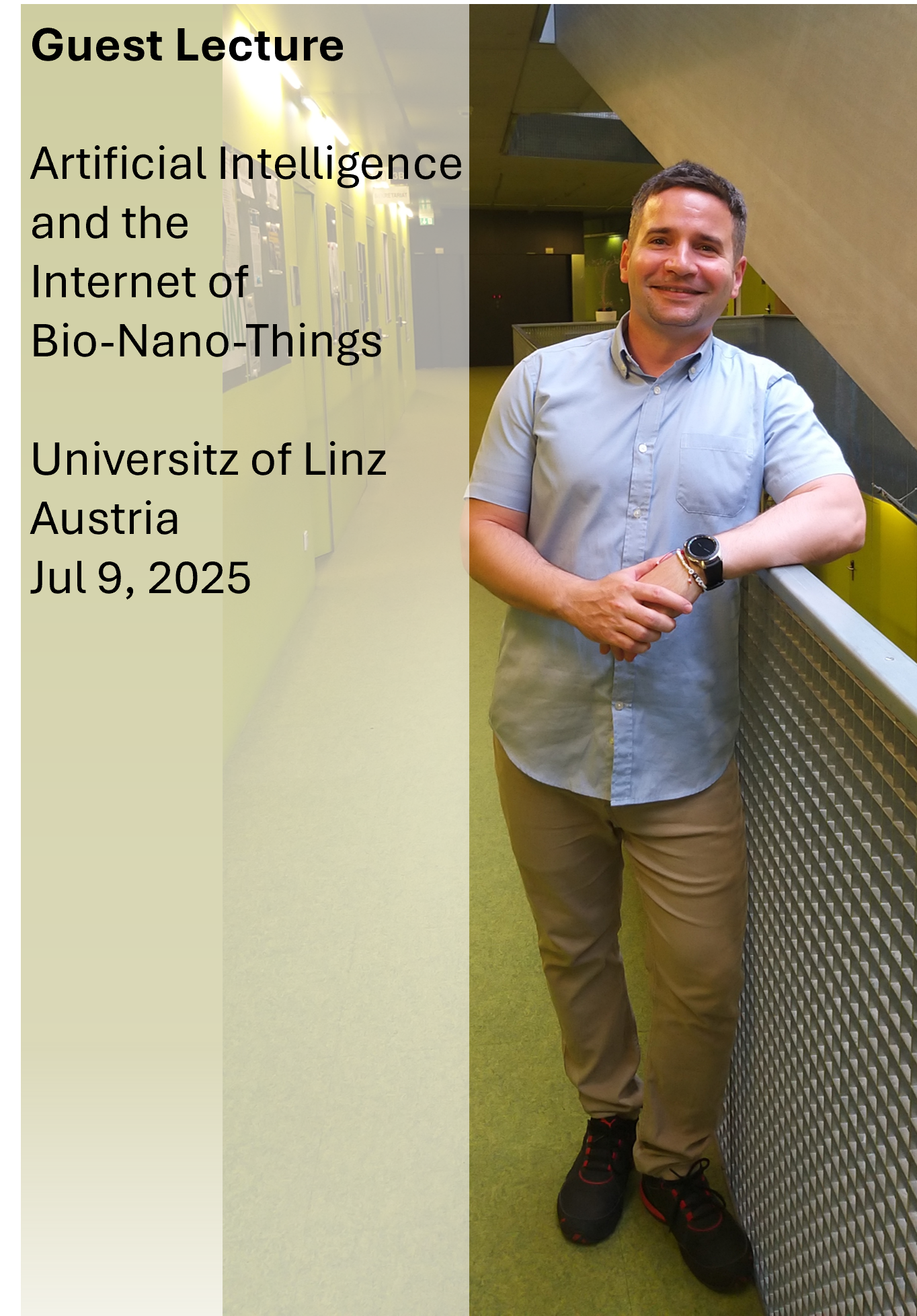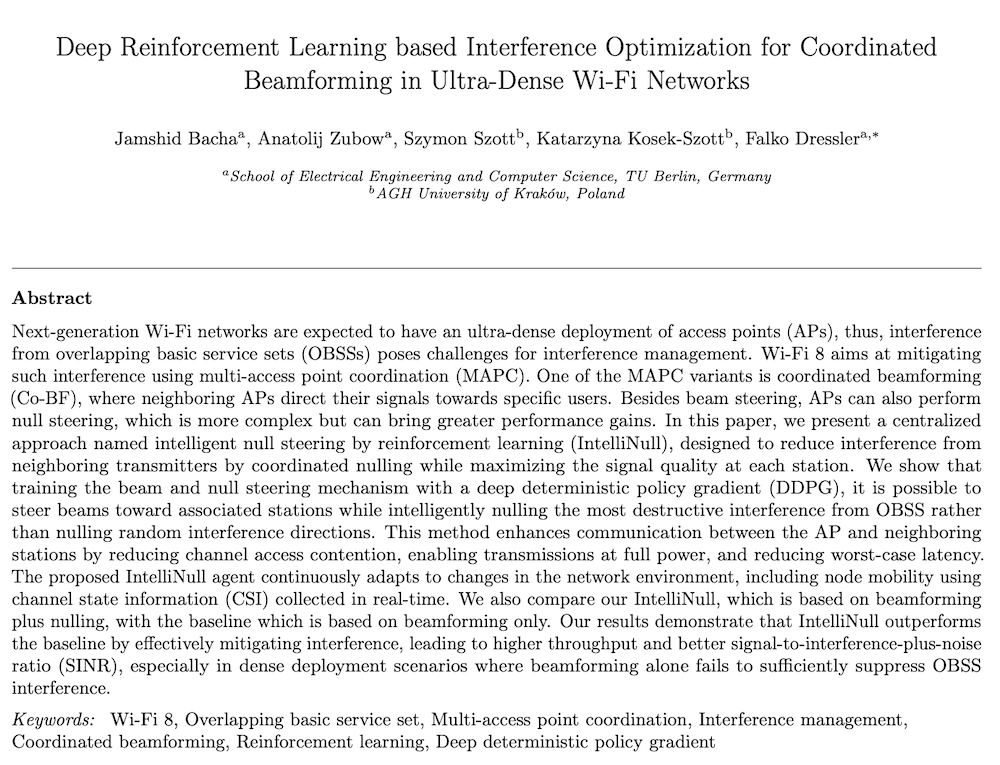Literature Database Entry
gupta2013early
N. Gupta and M. Dave, "Early Handoff mechanism for integrating VANET into Hybrid Wireless Network," Proceedings of 2013 International Conference on Advances in Technology and Engineering (ICATE), Mumbai, India, January 2013.
Abstract
benefits, Hybrid Wireless Network is the integration of more than one type of networks to utilize their and procedure, optimize the performance. Vehicular Ad-hoc Networks are the highly dynamic wireless networks formed by vehicles equipped with onboard communication interface. It is difficult to achieve ubiquity in the presence of different types of networks. The proposed mechanism aims to attain ubiquity in Hybrid Wireless Networks by reducing the handoff latency during the handoff and the presence of vehicular nodes removes the power constraint on mobile nodes. The concept of Preferred Access Points has been introduced to achieve fast handoff by using the Early Handoff mechanism. In addition, the mechanism makes use of the knowledge of the network known to access points and nodes), GPS (already installed in vehicular and OMNeT++, makes the handoff procedure seamless. The proposed scheme is simulated on the open source simulator and evaluation., the delay in registration process of the handoff procedure is the basis for performance
Quick access
Original Version ![]() (at publishers web site)
(at publishers web site)
BibTeX ![]()
Contact
N. Gupta
M. Dave
BibTeX reference
@inproceedings{gupta2013early,
author = {Gupta, N. and Dave, M.},
doi = {10.1109/ICAdTE.2013.6524746},
title = {{Early Handoff mechanism for integrating VANET into Hybrid Wireless Network}},
publisher = {IEEE},
address = {Mumbai, India},
booktitle = {2013 International Conference on Advances in Technology and Engineering (ICATE)},
month = {1},
year = {2013},
}
Copyright notice
Links to final or draft versions of papers are presented here to ensure timely dissemination of scholarly and technical work. Copyright and all rights therein are retained by authors or by other copyright holders. All persons copying this information are expected to adhere to the terms and constraints invoked by each author's copyright. In most cases, these works may not be reposted or distributed for commercial purposes without the explicit permission of the copyright holder.
The following applies to all papers listed above that have IEEE copyrights: Personal use of this material is permitted. However, permission to reprint/republish this material for advertising or promotional purposes or for creating new collective works for resale or redistribution to servers or lists, or to reuse any copyrighted component of this work in other works must be obtained from the IEEE.
The following applies to all papers listed above that are in submission to IEEE conference/workshop proceedings or journals: This work has been submitted to the IEEE for possible publication. Copyright may be transferred without notice, after which this version may no longer be accessible.
The following applies to all papers listed above that have ACM copyrights: ACM COPYRIGHT NOTICE. Permission to make digital or hard copies of part or all of this work for personal or classroom use is granted without fee provided that copies are not made or distributed for profit or commercial advantage and that copies bear this notice and the full citation on the first page. Copyrights for components of this work owned by others than ACM must be honored. Abstracting with credit is permitted. To copy otherwise, to republish, to post on servers, or to redistribute to lists, requires prior specific permission and/or a fee. Request permissions from Publications Dept., ACM, Inc., fax +1 (212) 869-0481, or permissions@acm.org.
The following applies to all SpringerLink papers listed above that have Springer Science+Business Media copyrights: The original publication is available at www.springerlink.com.
This page was automatically generated using BibDB and bib2web.







